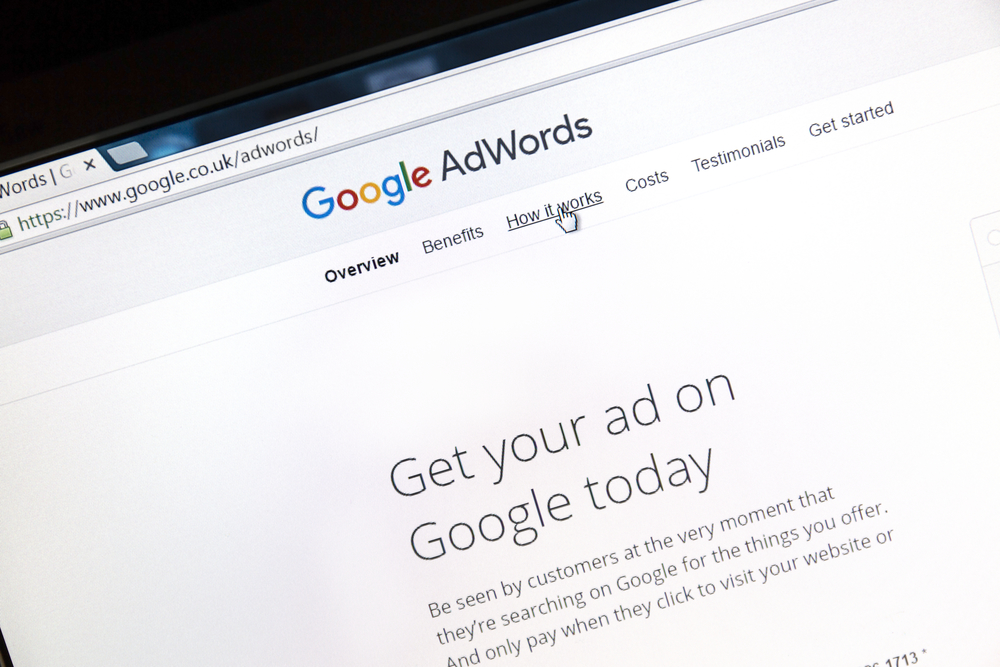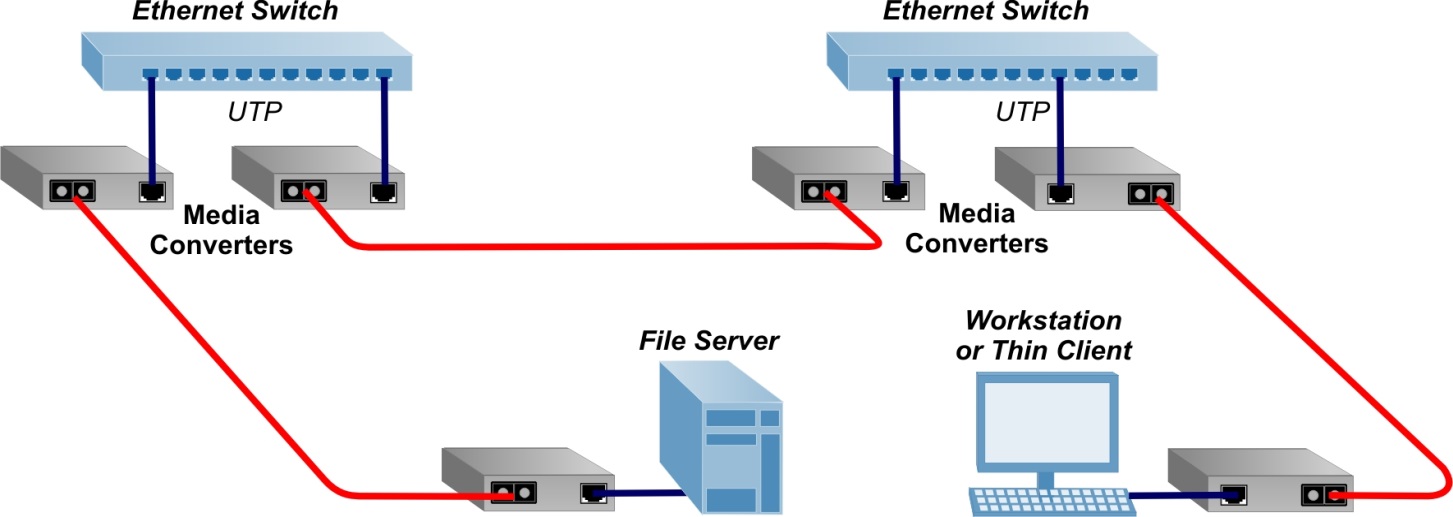
Google Ads are a great tool for startups. You may have heard of Google Ads for startups. But are you familiar with how to use them? These are just a few tips: Budgeting and Cost-per-click bid. Conversion rate. Retargeting. This article will give you a crash course on Google Ads for startups if you are unsure of where to begin. This article will show you how to create and manage your ads as well as how conversion tracking can help improve your results.
Budgeting
There are many benefits to budgeting Google Ads for startups. For one thing, it is much cheaper than other forms of marketing, such as SEO. SEO can be effective in establishing a strong web site presence. Google Ads is also available to help your business appear immediately in search engine results. Google Ads is flexible in pricing. Because you only pay when people click on your ads, you can adjust your budget to suit your overall marketing budget.
Before beginning the process of budgeting Google Ads for startups, you must know the total cost. You should aim to maximize your ROI (return on investment). Calculate the cost per acquisition as well as the lifetime value of each customer to ensure that you don't overspend. Google AdWords is a good place to spend a third of your CLTV. Spending more than this will look like printing money rather than increasing sales.
Cost-per Click bid

A startup is a business that needs to be aware of its costs in order to make the most of its marketing budget. Google ads are usually priced between two and five dollars per view. Although, Google offers more lucrative bids, you still need to consider the cost of advertising for your business before you start promoting it on the website. A startup's cost-per-click bid for Google ads will likely be more than its competitor's. Depending on which keyword you are targeting, the cost-per-click bid may also vary.
Google Ads is an excellent way to get quality leads. It is a low-cost method to test your ads copy and find the best one for your startup. It is also free to test campaigns frequently, which is essential for a startup. Google Ads can also be used to identify people who are actively seeking your product. Instead of trying to lure them with a catchy ad, your ads will target people who are already interested in your product.
Conversion rate
Although there are many ways to improve your conversion rate with Google ads, the most effective way is to test and analyze the copy of your ads. You can improve your conversion rates by constantly testing different copy to see which one is most effective for your audience. In addition to copy, your ad's location may impact the results. You can test different landing pages from different locations for ads that are primarily online.
First, consider the industry. The lowest conversion rates are found in finance and ecommerce, which are two of the highest performing industries. But, even if the conversion rate is low, you can still make money than a startup working in a different sector. The good news is that e-commerce has a 2.9% average conversion rate. The conversion rate for younger customers may be higher than for older ones.
Retargeting

Retargeting can be a great way to reach customers who have visited your website but not purchased anything. Google uses a pixel-based technology that notifies Google whenever someone visits your site. Then, Google re-displays ads to their screens when they search the same terms. Retargeting ads work automatically and can be highly effective for small businesses. Google offers two types or retargeting advertising. Each one uses a different strategy to increase the chances of getting customers.
Retargeting marketing is a form of marketing that originated in eCommerce but can be used in any industry. Startups may not be familiar with the concept, but it can help them get more from their existing efforts and expand into new markets. Retargeting can have many applications in the world startup. Here are some examples:
FAQ
What is my ROI for using a Content Marketing Strategy
Businesses that use a Content Marketing Strategy have an average ROI of between 5x-10x higher than those that don't.
A Content Marketing Strategy helps to generate leads, and sales.
It provides valuable insights into the business. These insights help you make smarter business decisions. For example, they can help you identify new opportunities and improve customer service.
So, if you're wondering how much money you could be making from a Content Marketing Strategy, let me tell you:
Your overall revenue can easily be doubled
How do you create compelling content?
It is important to find topics that you are passionate about in order to create great content. To be a successful writer, you must choose topics that are important to you. This involves understanding your personality and sharing that knowledge with others. You'll be amazed at how easy it is to create quality content when you write for yourself.
What is the goal of content-marketing?
Content marketing seeks to provide customers with relevant and valuable information. This should be done through different channels such as email campaigns, blog articles, white papers, etc. The key is to deliver value to your audience.
How much should I spend on Content Marketing?
That depends on how many leads you want to generate. Depending upon the industry, the average cost for a lead can range from $5 to $10. In our case, the average cost per lead was $20 when we first started our company. Today, we spend about $6-7 per lead.
Statistics
- According to the Content Marketing Institute, 70% of B2B marketers and 86% of B2C marketers surveyed use content marketing in some form or other. (criteo.com)
- An example of an overarching goal could be: "In 2022, we want to achieve a 20% increase in revenue created by organic content and generate 15,000 MQLs with a budget of $30,000." (semrush.com)
- According to our research, brand awareness, attracting traffic, and generating leads remain the key content marketing goals in 2022. (semrush.com)
- Out of the 1,500 marketers we surveyed for our State of Content Marketing report, 78% who felt their content marketing strategy was exceptionally effective in 2021 had documented their strategy. (semrush.com)
- Progress indicators (0–100%) allow each team member to see how attainable each goal is and understand what remains to be accomplished. (semrush.com)
- According to our research, 65% of companies with very successful content marketing in 2021 ran content audits at least twice a year. (semrush.com)
- In fact, would pay more for a better customer experience, and 86% of B2B buyers would pay more. (neilpatel.com)
- Measure your goals with a progress indicator of 0-100%. Make your goals collaborative and transparent (semrush.com)
External Links
How To
How to Create a Content Marketing Video?
You can communicate your message to your audience using content marketing videos. You can connect with your audience by sharing stories that they are interested in. How can you make these videos stand out from others? Here are some suggestions for making videos that are noticed.
-
First, you need to understand that videos are not "one-size fits all". You want your video to be tailored to your audience. You can't make everyone watch your video if what you're trying say isn't relevant to them.
-
Choose the best platform for you. YouTube, Vimeo (Facebook Live), Periscope and Instagram are some of the platforms that you can choose from. Each platform offers different features and benefits. By choosing wisely you can save money while increasing engagement.
-
Subtitles are a must when you're filming! This helps people to understand your language barriers, and makes your videos more easily understood.
-
And finally, remember to ask yourself these three questions before beginning: Who am I talking to? Is this why I am making this video? And what does my video mean to me? You'll be able to create videos much more easily once you answer these questions.